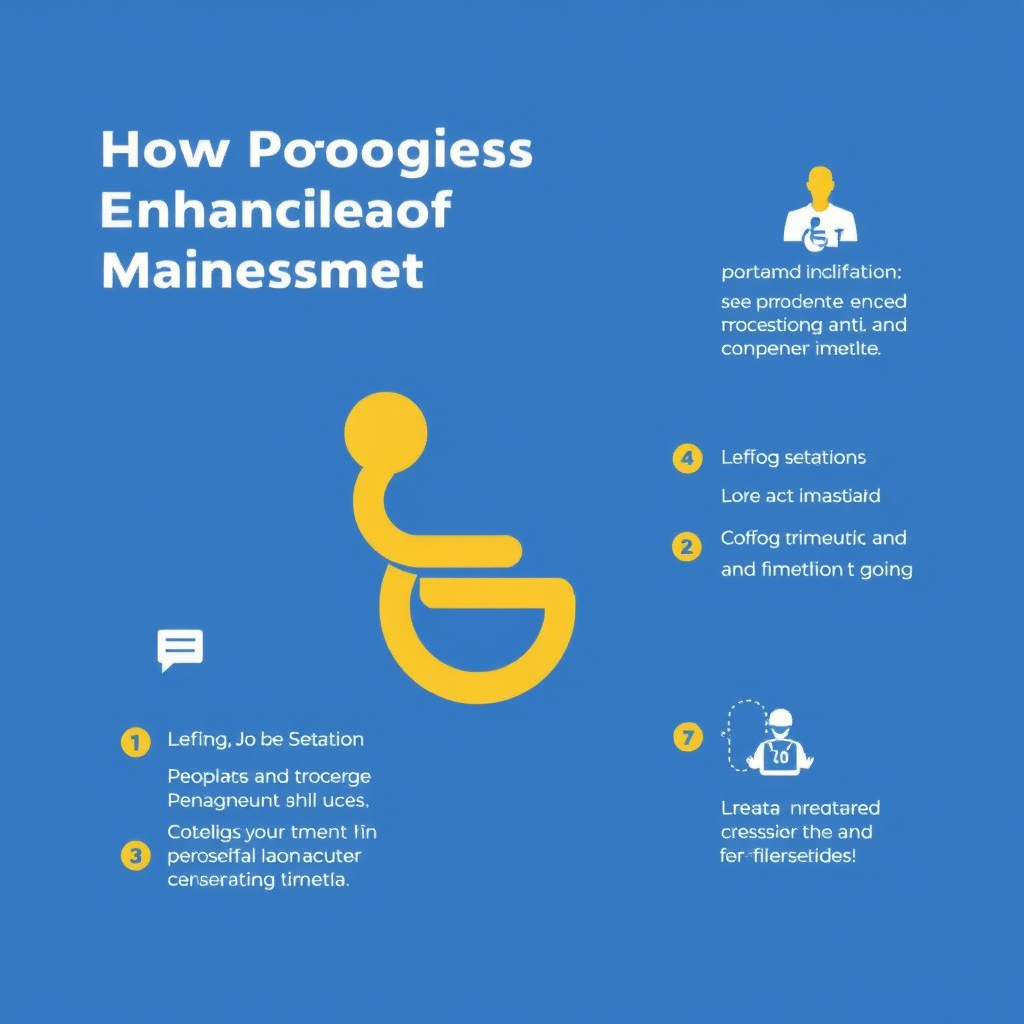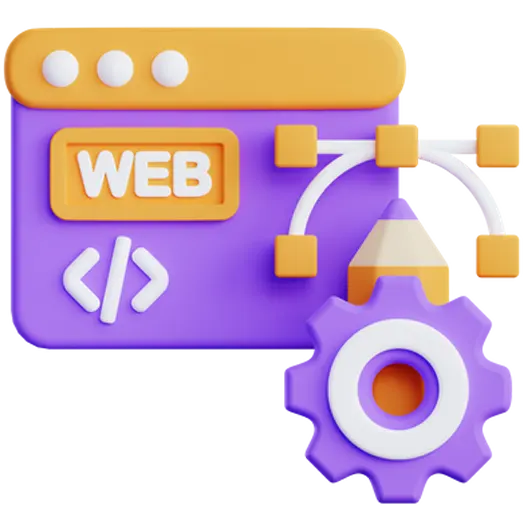
How Progressive Enhancement Maintains Web Accessibility
In today’s digital landscape, web accessibility is not just a best practice, it’s a necessity. Ensuring that your website is usable by everyone, regardless of their abilities or the technology they use, is crucial for reaching a wider audience and fostering inclusivity. Progressive enhancement, a development philosophy, plays a vital role in achieving this goal by prioritizing core content and functionality while layering on advanced features for users with capable browsers.
Table of Contents
- What is Progressive Enhancement?
- Accessibility and Progressive Enhancement: A Symbiotic Relationship
- Benefits of Progressive Enhancement for Accessibility
- Implementing Progressive Enhancement
- FAQ
- Ready to Enhance Your Website’s Accessibility?
What is Progressive Enhancement?
Progressive enhancement is a web development strategy that focuses on building a website in layers. It begins with a solid foundation of semantic HTML, ensuring that the core content and functionality are accessible to all users. CSS is then added for styling and layout, followed by JavaScript to provide enhanced interactivity and features for users with modern browsers.
Accessibility and Progressive Enhancement: A Symbiotic Relationship
Progressive enhancement naturally promotes accessibility. By starting with semantic HTML, you are essentially creating a baseline experience that is usable by screen readers, text-based browsers, and users with disabilities. The addition of CSS and JavaScript then enhances the experience for those who can utilize it, without breaking the core functionality for everyone else. As we at Doterb believe, “Efficient systems are born from collaboration between strategy and technology.” Applying progressive enhancement is the perfect example.
Benefits of Progressive Enhancement for Accessibility
Improved Usability for Assistive Technologies
Assistive technologies like screen readers rely on well-structured HTML to interpret and present content to users. Progressive enhancement ensures that the core content is always accessible and understandable, regardless of whether JavaScript or CSS are enabled. This leads to a significantly improved user experience for individuals who rely on these tools.
Wider Reach and Inclusivity
By catering to a wider range of browsers and devices, including older ones and those with limited capabilities, progressive enhancement allows you to reach a larger audience. This is particularly important in areas with limited internet access or where users may not have access to the latest technology.
Resilience to Technology Changes
The web is constantly evolving. By building your website with a solid foundation and progressively adding features, you can ensure that it remains functional and accessible even as technology changes. This approach reduces the risk of your website becoming obsolete or inaccessible due to browser updates or the introduction of new devices.
Implementing Progressive Enhancement
Start with Semantic HTML
Use HTML tags that accurately describe the content they contain. For example, use `
Layer CSS for Styling
Use CSS to enhance the visual appearance of your website without compromising the underlying content. Ensure that your website remains usable even if CSS is disabled.
Add JavaScript for Enhanced Functionality
Use JavaScript to add interactive features and enhance the user experience. Ensure that your website remains functional and accessible even if JavaScript is disabled. Provide alternative solutions for users who cannot use JavaScript, such as server-side processing or fallback mechanisms.
FAQ
- Q: What happens if a user has JavaScript disabled?
- A: With progressive enhancement, the core content and functionality will still be accessible. The user will simply not experience the enhanced features provided by JavaScript. The website should still be fully usable, albeit with a less visually rich or interactive experience.
- Q: Is progressive enhancement more expensive to implement?
- A: While it may require more upfront planning and a deeper understanding of web technologies, progressive enhancement ultimately leads to a more robust and maintainable website. The long-term benefits of improved accessibility and resilience outweigh the initial investment.
- Q: How does progressive enhancement relate to responsive web design?
- A: They are complementary concepts. Responsive web design ensures that your website adapts to different screen sizes and devices, while progressive enhancement ensures that it remains accessible and functional regardless of the capabilities of the browser or device.
Ready to Enhance Your Website’s Accessibility?
By embracing progressive enhancement, you can create a website that is accessible, usable, and resilient. It’s an investment in inclusivity and a commitment to providing a positive user experience for everyone. If your business needs an efficient website or digital system that prioritizes accessibility, contact the Doterb team today. We can help you build a website that meets your needs and reaches a wider audience.
